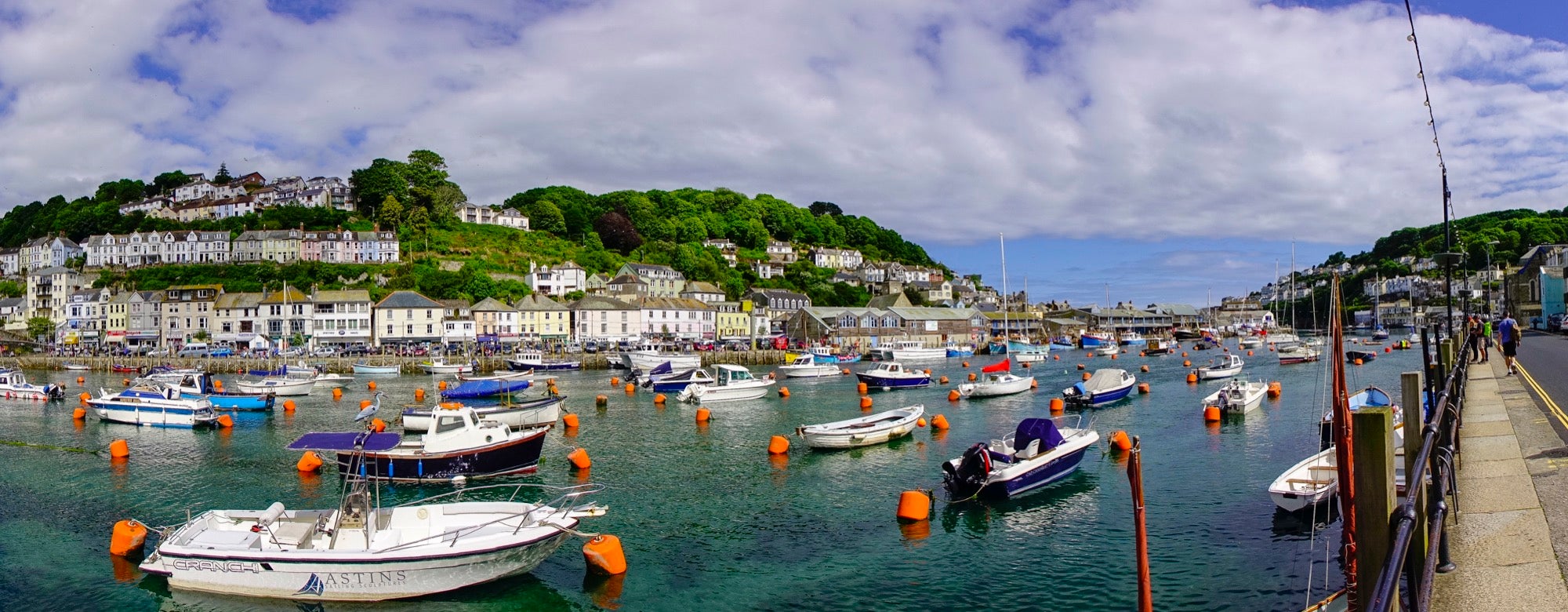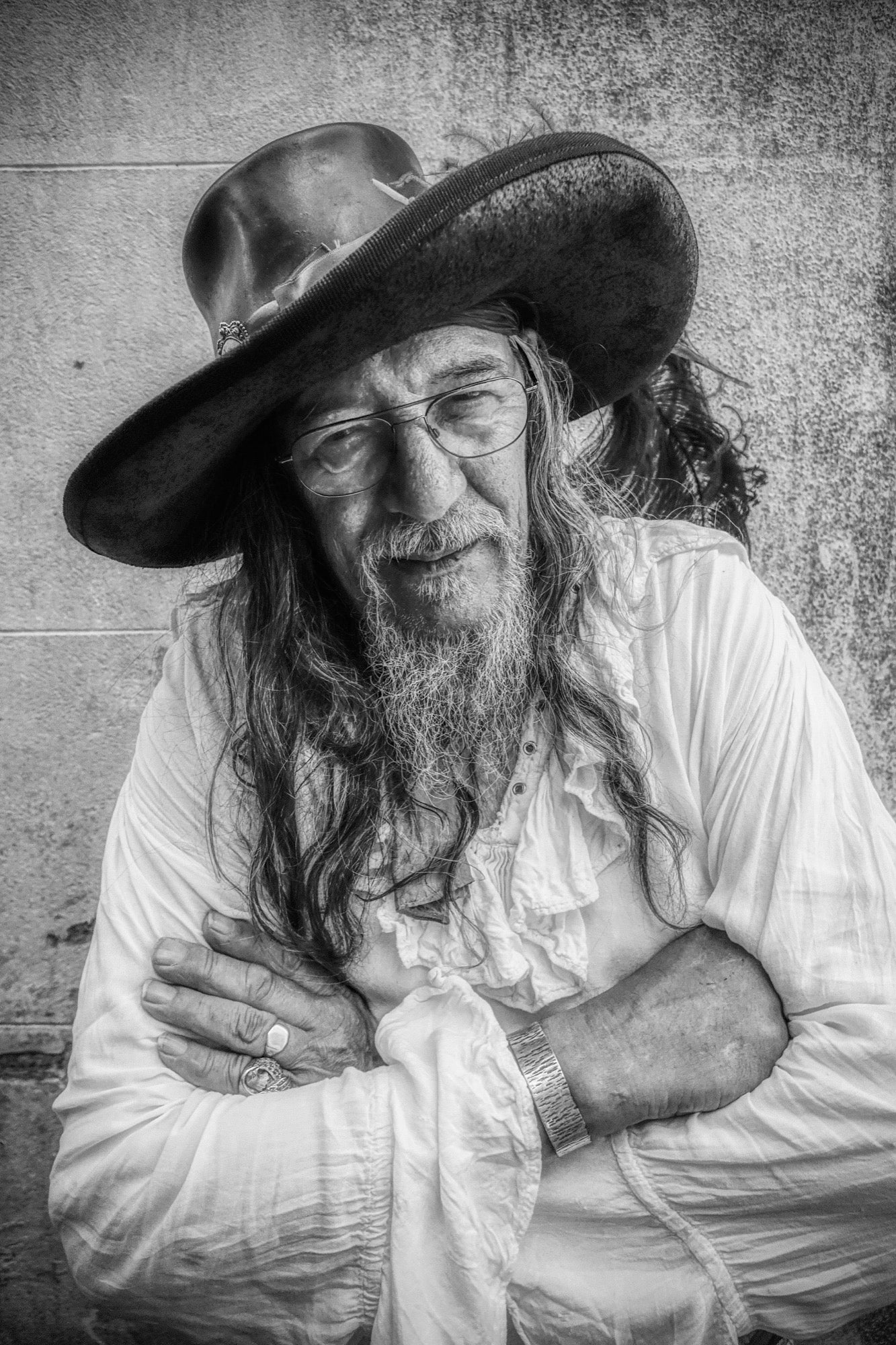Every couple of years, I take a break from traveling professionally for my photography and filmmaking work, and my wife Peggy and I take a real “vacation” in my ancestral country of Cornwall in Southwest England.
When you’re a professional travel photographer, the word “vacation” is a sticky one to define…when both your passion and your profession involve making storytelling images of this big blue marble we call home, do you ever really go off the clock? Can you shut off your eye? Can you resist the urge to shoot the cool sights and interesting people you see?
The short answer is ‘no.’ What I can do is forego a little of the manic logistical planning around light, the events, and the viewpoints, that's the hallmark of one of my professional assignments. Instead, I surrender myself to the rhythms of family visits; the long pub lunches, afternoon teas, and rambling hikes with my wife and friends.
But even then, I come across interesting people, great views and cool events, and of course, I photograph them. To help me further disengage from the pace and feel of a professional assignment, I restrict myself to one camera for these vacations. 2017 was my fourth trip to Southwest England in the last decade or so, and over the years, I’ve gathered enough good images to start thinking that there might be a book in this, and maybe I better get a little more serious.
In the past, I’ve carried one of the great, very capable Sony RX100-series cameras—I’ve owned them all from the first model through to the current RX100 V. It is, without a doubt, my favorite stealth camera. I’ve gotten a slew of good publishable images with the RX100, including during my last trip to Cornwall a couple of years ago.
But if there’s one thing I miss on the RX100, it’s the reach of a telephoto. 70mm, even zooming 100% longer with the Clear Image Zoom function, isn’t enough for some of the things I want to photograph.
So this year, I went to one of my go-to cameras when I’m on the job, the Sony RX10 II. I love this camera for its versatility and its great 24-200mm f/2.8 equivalent Zeiss zoom. It’s not that much bigger than the RX100, and it has more lens range, and mic and headphone jacks if I want to shoot some video along the way. If you told me I could only use one camera/lens for the rest of my career, the RX10 would be that camera.
My RX10 II is a little bigger than the RX100 series, but it, along with a couple of extra batteries, fit effortlessly into the small daypack that I carry everywhere (That daypack also carries an umbrella and a rain shell. Even on a sunny day, a visitor to the UK is wise to be prepared for wind and rain, no matter what the season or the forecast.).
There wasn’t once, during the whole month in Cornwall, that I felt I needed something else. The long reach of the lens, in particular is extraordinary. And the camera’s range of capabilities is astonishing. One of the most important things I try to do whenever I’m traveling is to get a lot of variety in my photographs. Here’s a look at how I used a single RX10 II to get different looks on this trip to Cornwall.
Panoramas

Sony RX10 II. 1/250-sec., f/4, ISO 100
In-camera panoramas have come a long way and the RX10 II does a great job with them. I always wanted to take advantage of the extra real estate that shooting panos with the camera in the vertical orientation would give me, but in the past I found them to be too short. They were barely panoramic at all. But once I selected the Wide option in vertical mode, I got what I consider to be a much more desirable aspect ratio and a file that was full of interest and detail.
Rich B&W Mode

Sony RX10 II. 1/2500-sec., f/2.8, ISO 1000

Sony RX10 II. 1/80-sec., f/2.8, ISO 400
Another special feature that I just love, especially for people pictures. is the Sony Rich B&W mode. It takes two quick frames at different exposures and combines them into one rich, broad-toned B&W file that is just brimming with tonality. Unless your subject is moving really fast, the images usually overlay perfectly (in situations with a lot of fast movement you can get some ghosting if you’re not careful). This mode saves me a lot of time doing conversions later and lets me get the photo I envision right in the moment.
The Long Lens

Sony RX10 II. 1/640-sec., f/3.5, ISO 200
There’s no doubt that a long lens is great to have for a lot of reasons. One of those is perspective compression, and when you get an atmospheric condition like fog, rain or snow, the way to emphasize that is to back off and shoot through it with a long lens. I was zoomed in to 200mm for this shot of the foggy harbor in East Looe. Yes, it was foggy, but shooting with the long lens made it look really foggy!

Sony RX10 II. 1/160-sec., f/5.6, ISO 160
Another picture courtesy of the long lens compression is this antique store in Falmouth with the reflection of the colorful building facades in the window. If you walked up to the window, those reflections were gone. I had to shoot it from across the street with a long telephoto to get the reflections where I wanted them.
So the RX10 II was the perfect walk around camera that didn’t weigh me down, but was versatile enough to cover any situation. And that book? After this last trip, I’d say it’s coming along nicely!
Bob Krist is a world-renowned travel photographer and a Sony Artisan Of Imagery. You can see more about him here.
You can follow Bob Krist on Instagram @bobkristphoto and on Facebook



